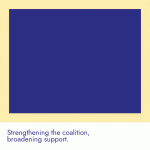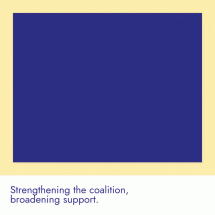Across India, where I live and work, I can clearly see the connection between land rights and peace and security. With respect to personal safety and security- 12 percent of all murders here are related to conflicts over land. On a provincial level- few weeks go by without newspapers here reporting on violence between communities who are battling over land.
On a national level- On October 2nd 100,000 Indians will march more than 200 miles to Delhi under the banner of land for India’s 17 million landless who are trapped in poverty. And on an international level- witness the decades-long low-level conflict between India and Pakistan. This is not unique to India.
Not only are most wars between countries fought over land, but also, as we all intuitively know, high rates of landlessness or the inequitable distribution of land, leads to instability within countries. We see this today in Pakistan where an estimated 300 families preside over huge swaths of the countryside and lord over the majority of the rural population. And we can find this in our history books, in the chapters on devastating civil conflicts from Mexico and Russia, to China, and Vietnam – each of these bloody conflicts was fought by hungry peasants eager for their share of the land.











